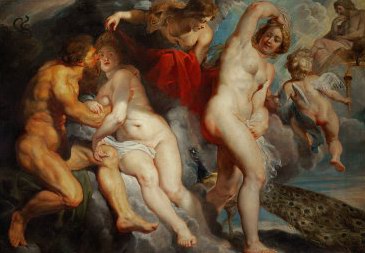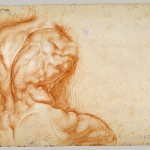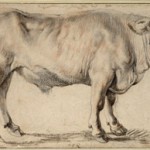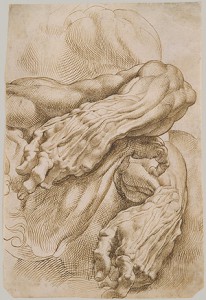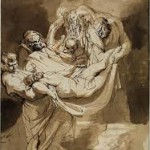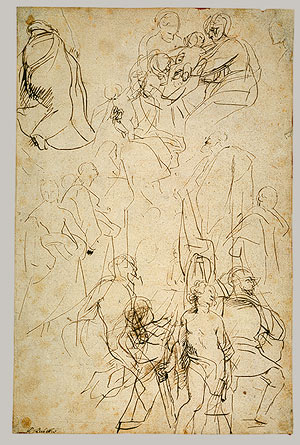| Peter Paul Rubens | |
|---|---|
 Self-portrait, 1623, National Gallery of Australia, Canberra |
|
| Birth name | Peter Paul Rubens |
| Born | 28 June 1577 Siegen, Westphalia (modern-dayGermany) |
| Died | 30 May 1640 (aged 62) Antwerp, Spanish Netherlands(modern-day Belgium) |
| Nationality | Belgian |
| Field | Painting, Diplomacy |
| Movement | Baroque |
| Influenced by | Michelangelo, Titian, Caravaggio,Pieter Bruegel the Elder |
| Influenced | Antoine Watteau, Eugène Delacroix |
Sir Peter Paul Rubens (Dutch pronunciation: [ˈrybə(n)s]; 28 June 1577 – 30 May 1640), was a Flemish Baroque painter, and a proponent of an extravagant Baroque style that emphasised movement, colour, and sensuality. He is well-known for his Counter-Reformation altarpieces, portraits, landscapes, and history paintings of mythological and allegorical subjects.
In addition to running a large studio in Antwerp that produced paintings popular with nobility and art collectors throughout Europe, Rubens was a classically educatedhumanist scholar, art collector, and diplomat who was knighted by both Philip IV, King of Spain, and Charles I, King of England.
